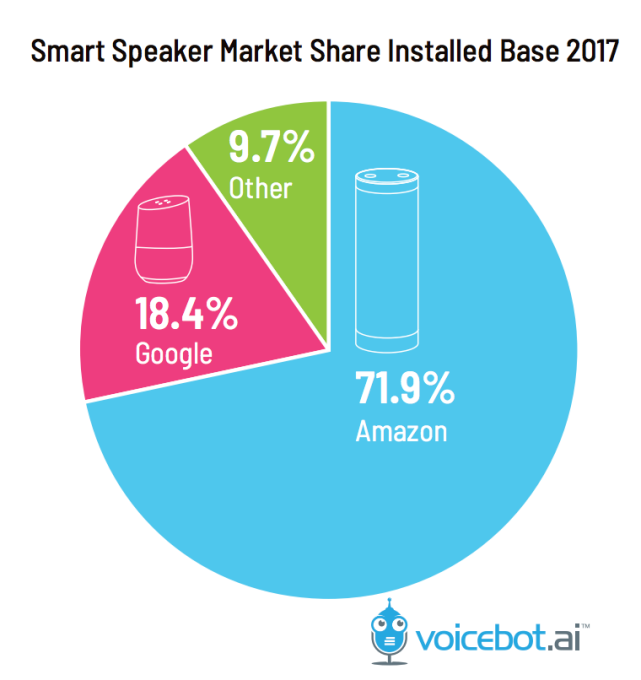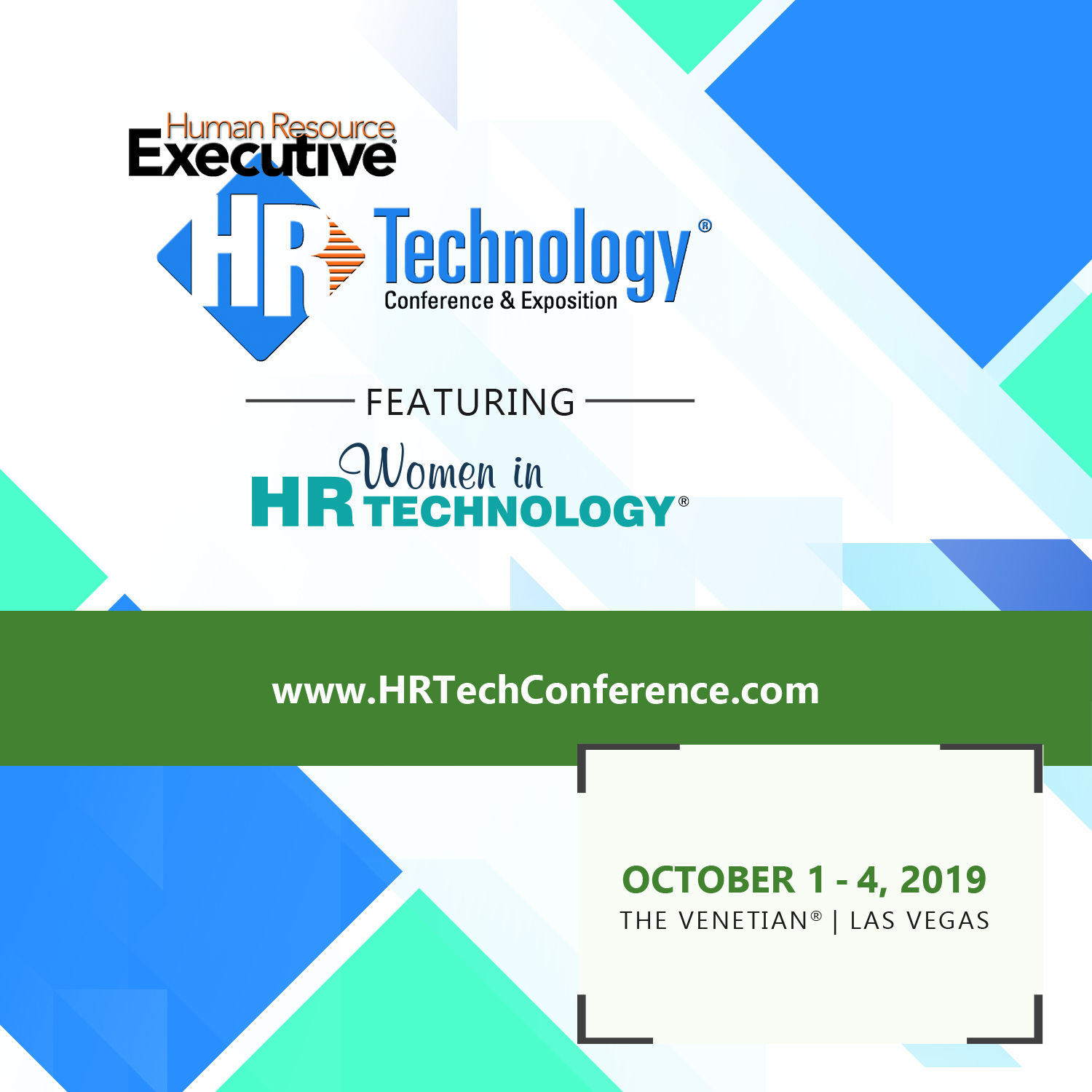CHART OF THE DAY: The Rise of the Smart Speaker
There is pretty good evidence that the rate of mainstream adoption of new technologies is significantly more rapid than it has been in the past. It took something like 60 or 70 years for the home-based, land line telephone to achieve over 90% penetration in US homes once the technology became generally available.
Fast forward to more recent technology innovations like the personal computer or the mobile phone and time for widespread adoption has diminished to just a couple of decades (if not less for modern tools and solutions like social media/networking apps).
New tech, when it 'hits', hits much faster than ever before and its adoption accelerates across mainstream users much faster as well. Today's Chart(s) of the Day, courtesy of some research done by Voicebot.ai show just how prevalent the smart speaker, a technology almost no one had in their homes even two years ago, have become.
Chart 1 - Smart Speaker Market Penetration - US

About 20% of US adults are in homes that have one of these smart speakers enabled. It may not sound like much, but think about it - how many times had you seen one of these say as recently as 2016?
Chart 2 - Smart Speaker Market Share - US
No surprise, to me at least, that Amazon has the dominant position in the US in terms of smart speakers. They beat their competitors to this market, and their platform, Alexa, has become pretty synonymous with the entire voice assistant technology. If I were a company looking to develop solutions for voice, I would start with Alexa for sure.
Once people, in their 'real lives' begin to adopt a technology solution in large numbers, they begin to seek, demand, and expect these same kinds of technologies will be available and tailored to their workplace needs as well. The data shows that smart speakers like the Echo and the Google Home device are gaining mainstream adoption really, really quickly.
If your organization has not yet started to think about how to deploy services, information, and access to organizational information via these smart speakers and their platforms like Alexa I wouldn't say you are late, but you are getting close to being late.
Better to be in front of a freight train rolling down the line than it is to get run over by it.
Last note - stay tuned for an exciting announcement in this space from your pals at the HR Happy Hour Show.

 Steve
Steve


